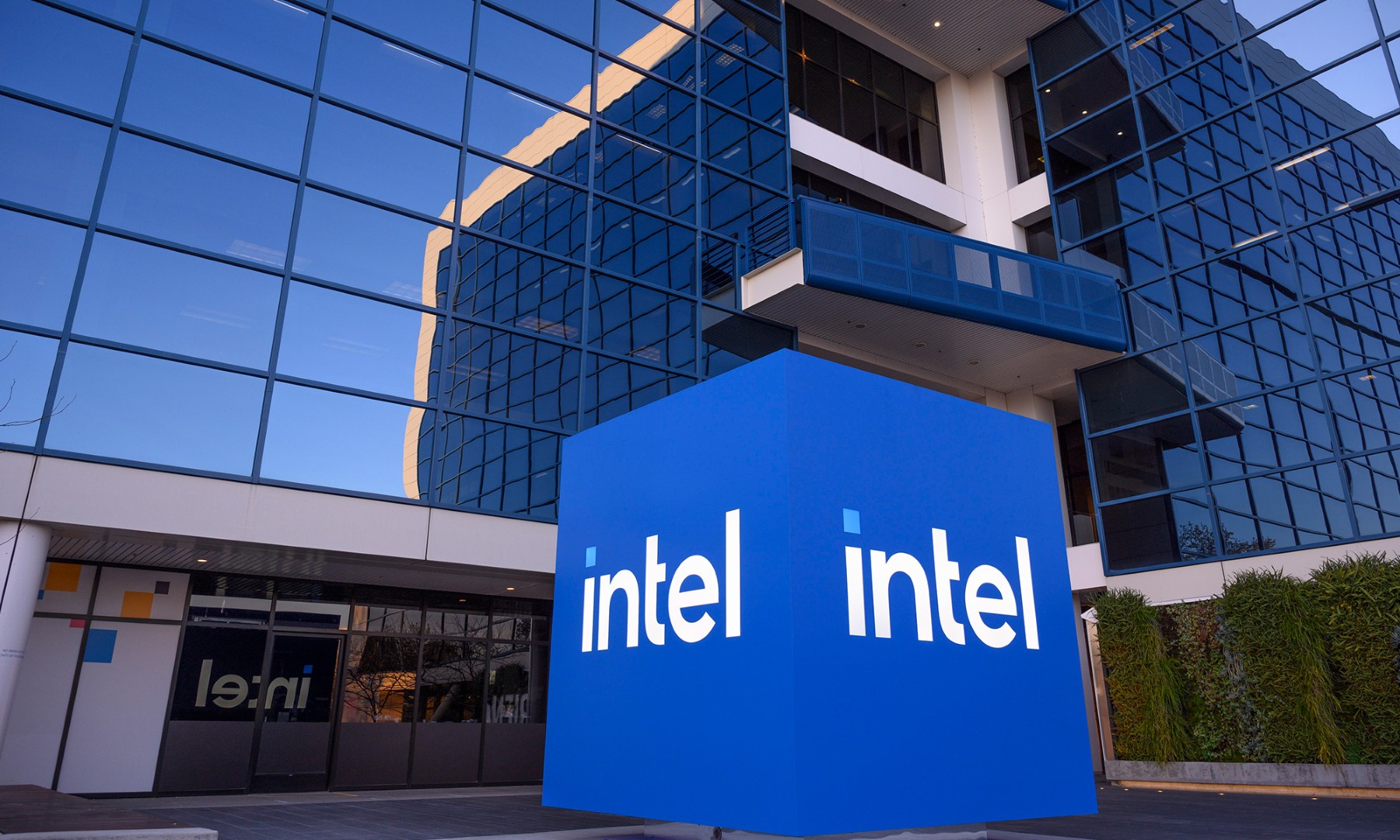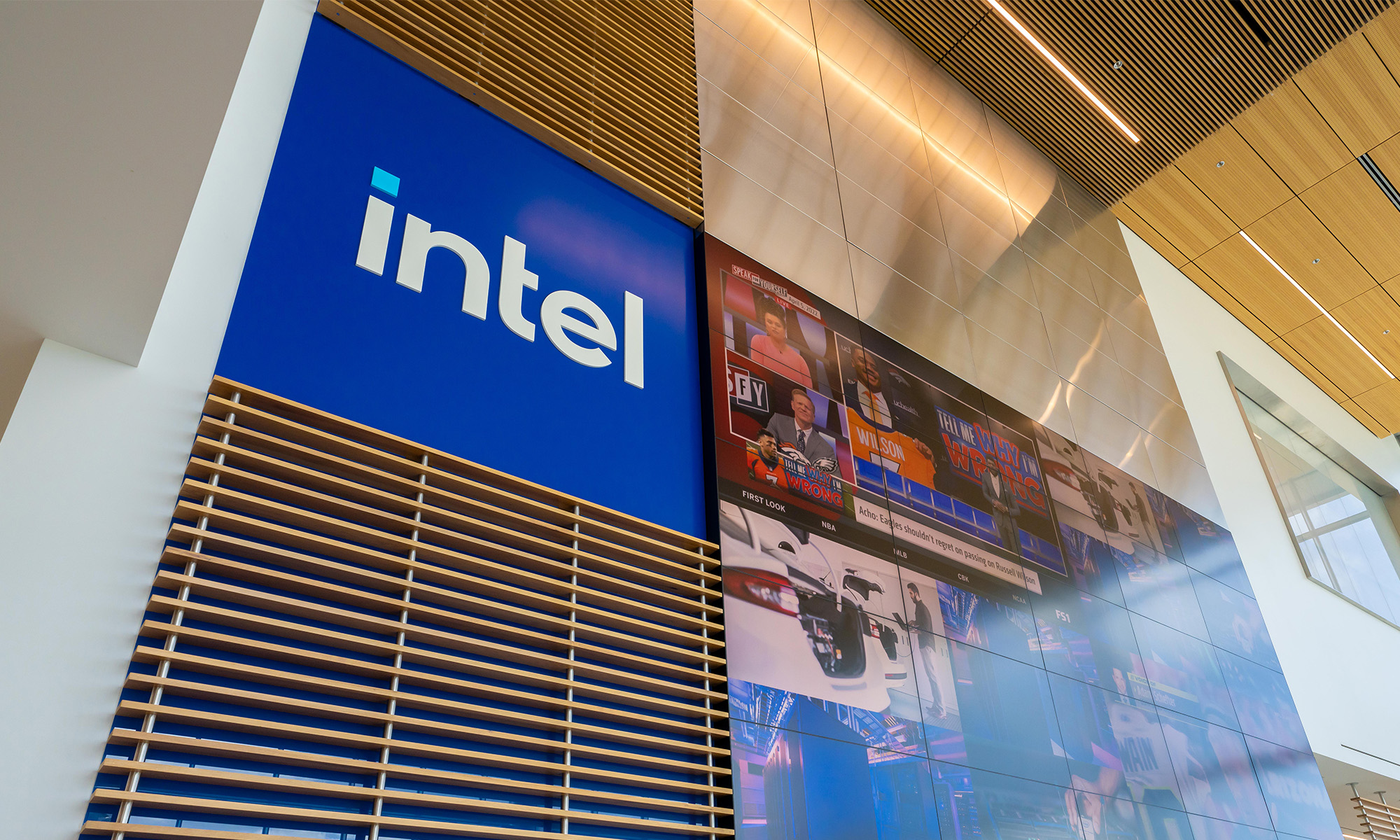It is well known that Intel's (INTC 1.07%) integrated graphics designs haven't generally been considered "best in class." However, Intel has been significantly improving its graphics architectures and dedicating more space in its chips for graphics. Indeed, a quick look at a picture of Intel's latest Core M shows that the majority of the chip is graphics.

Source: Intel.
That said, our focus here isn't on Core M; it's on the upcoming Atom processor known as Cherry Trail, which should utilize a cut-down version of the graphics architecture (known as "Gen. 8") found inside of this Core M processor. I'd like to use the graphics performance numbers from Core M to try to estimate how competitive Intel's Cherry Trail Atom processor will be.
This estimate is useful, as it will not only allow us to get a sense of how competitive Intel will be in next generation tablets, but also in low-cost PCs with its upcoming "Braswell" architecture, which is based on the same Cherry Trail architecture.
With that in mind, let's dig in.
Core M specifications and projected Cherry Trail specifications
Core M's graphics processor contains 24 Gen. 8 execution units, or EUs for short. The highest performing Core M variant -- the 5Y70 -- runs the graphics block at up to 850 MHz. VR-Zone's Sam Reynolds revealed last year that Cherry Trail will feature 16 Gen. 8 execution units. The clock speed was not detailed, but I assume that the maximum speed is likely to be lower than what is found on Core M.
I'm going to guess that Cherry Trail's graphics block runs at 800 MHz -- lower than the GPU found on Core M, but slightly faster than the Gen. 7 GPU found on Intel's last generation Bay Trail chip.
We can naively guess that Cherry Trail's graphics block will offer approximately 63% of the performance of the graphics processor found inside of the Core M in popular graphics performance tests.
What does that translate into?
Let's take the popular performance test, 3DMark Ice Storm (Unlimited), and look at how Cherry Trail might stack up against competitive architectures.
|
SoC |
3D Mark Ice Storm Unlimited (Graphics) |
|---|---|
|
Intel Core M 5Y70 |
51376 |
|
AMD A10 Micro-6700T "Mullins" |
27844 |
|
Intel Atom Z3770 "Bay Trail" |
13987 |
|
NVIDIA Tegra K1 |
33014 |
|
Qualcomm Snapdragon 805 |
20238 |
|
Intel Cherry Trail PROJECTED |
32366 |
Source: AnandTech, HotHardware, Digital Storm, Legit Reviews, author estimates.
It looks as though -- if my performance estimates are correct -- the upcoming Intel Cherry Trail should perform about in-line with today's Tegra K1, and ahead of the Snapdragon 805 and even AMD's "Mullins."
That said, it seems likely that the upcoming Snapdragon 810 from Qualcomm, which is slated to hit the market during the first half of 2015, should prove potent competition for Intel's Cherry Trail. Additionally, depending on when NVIDIA can roll-out a 20-nanometer update to the Tegra K1 powered by its new Maxwell architecture, NVIDIA could conceivably pull well ahead.
AMD is also slated to update its tablet/low cost PC chip line to 20-nanometer designs in the third quarter of 2015, according to Digitimes.
The competitive situation in tablets
Cherry Trail should offer competitive graphics performance, but it's unlikely that it will be a "world beater." That said, in terms of relative standing in the tablet chip world, it should perform a lot better than Intel's Bay Trail did last year.
More importantly, I have estimated in the past that Cherry Trail could have a die size of under 50 square millimeters. Assuming Intel doesn't run into the same "platform bill of materials" issues that it did with Bay Trail (which led to costly "contra-revenue"), it could be a very competitive part in what Intel calls the "performance and mainstream" portions of the tablet market.
How about low-cost PCs?
In the PC world, I think that Cherry Trail, which will manifest itself as Braswell, could be even more impressive. Intel's Bay Trail-M and Bay Trail-D, for low cost notebooks and desktops, respectively, are gaining significant share against AMD's low-cost offerings despite a well-documented graphics deficiency among the Intel chips.
If Intel can remedy this deficiency and offer better CPU performance and comparable graphics performance all in a much lower power envelope and at low cost (Intel implied that platform costs come down about 37% in moving from Bay Trail to the 14-nanometer low-cost PC chips), then it'll have a real winner on its hands.
Foolish bottom line
While the performance estimates provided here are merely rough guesses based on an incomplete set of information, I do think that Intel's competitiveness in the tablet and low-cost PC markets is set to improve dramatically with Cherry Trail. If Intel can translate Cherry Trail into significantly improved mobile revenue and continued profitable growth in the low-cost PC market, then Intel's financial performance could see a nice boost during 2015.









